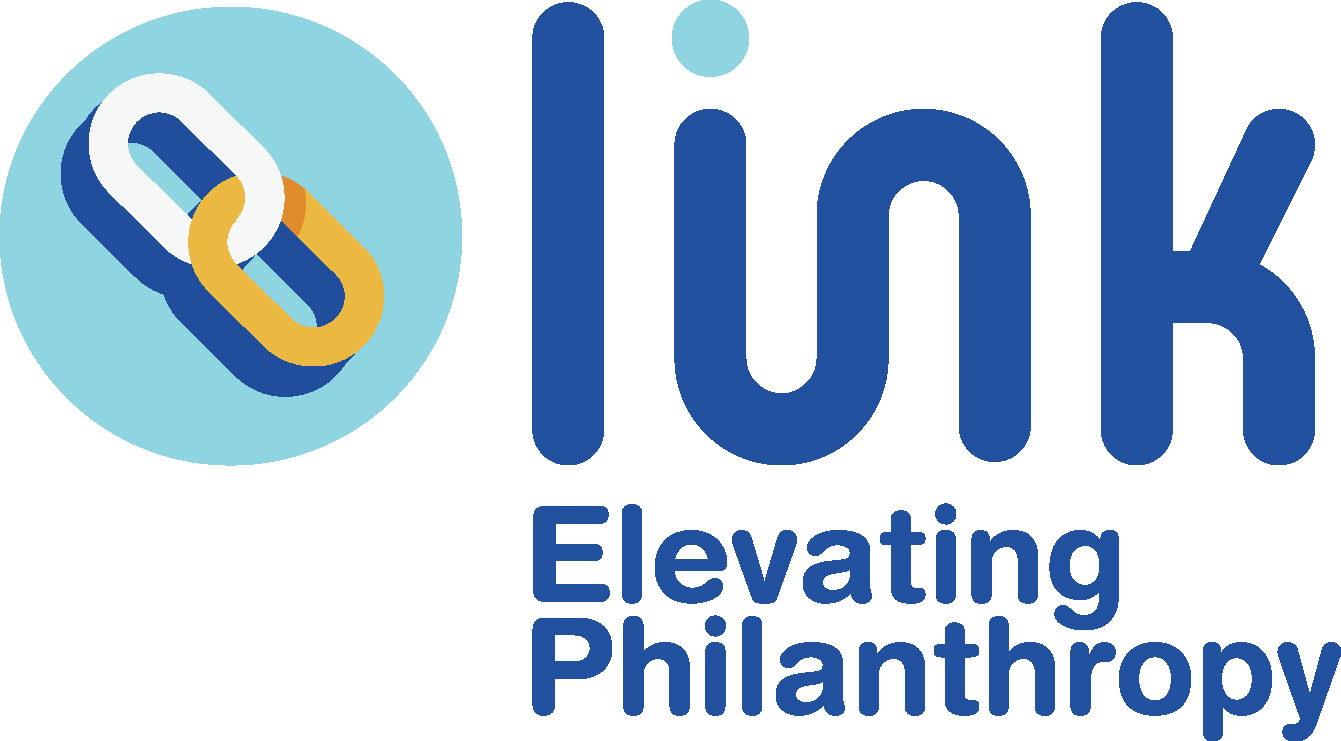Leveraging Summer for Legacy Activities
Even when many on on vacation there are legacy giving activities to do during downtime
Leveraging the Summer for Building Legacy Giving: A Strategic Approach for Nonprofits
Summer often brings a quieter period for many nonprofits, providing a perfect opportunity to focus on building legacy giving programs. Legacy giving, also known as planned giving, involves donors including charitable contributions in their wills or estate plans, ensuring a lasting impact on the organization's mission. By strategically using this downtime, nonprofits can strengthen their legacy giving efforts through several key actions: calling lapsed donors, refining their legacy giving case statement, sending out email marketing to raise awareness, creating a testimonial library of donor stories, and reviewing their workflows to ensure gifts can be closed quickly. Here's how to make the most of these activities:
1. Calling Lapsed Donors
Reconnecting with Past Supporters
Lapsed donors are those who have previously supported your organization but haven't made a recent contribution. Reaching out to them during the summer can rekindle their interest and engagement. Personal phone calls are an effective way to reconnect, as they provide a personal touch that emails and letters cannot match.
Tips for Successful Calls:
Personalize the Conversation: Before making the call, review the donor's history with your organization. Acknowledge their past contributions and express genuine gratitude.
Update Them on Impact: Share recent achievements and how their previous support contributed to these successes. Highlight any new projects or initiatives they might be interested in.
Introduce Legacy Giving: Use this opportunity to introduce the concept of legacy giving. Explain how their long-term support can create a lasting legacy and make a significant difference to the organization’s future.
2. Refining Your Legacy Giving Case Statement
Crafting a Compelling Narrative
Your legacy giving case statement is a crucial tool in your fundraising arsenal. It should articulate why donors should consider providing a legacy gift to your organization in their estate plans. Summer is an ideal time to review and refine this document to ensure it is compelling and resonates with potential donors.
Elements of a Strong Legacy Giving Case Statement:
Values: Clearly depict why your donors are connected to your organization and care about the impact of its work.
Vision: Describe your long-term goals and how legacy gifts will help achieve them.
Personal Stories: Show through storytelling why it’s important to fund legacy gifts for the future of the organization.
Call to Action: Provide clear instructions on how donors contact you for more information.
3. Email Marketing: Raising Awareness
Soft Asks and Educational Content
Email marketing remains a powerful tool for raising awareness about legacy giving. Use the summer months to create and send out targeted email campaigns that educate your donor base about the benefits and impact of legacy gifts.
Effective Email Campaign Strategies:
Educational Series: Send a series of educational emails that explain what legacy giving is, its benefits, and how it can be a part of their financial planning.
Donor Spotlights: Highlight stories of existing legacy donors and the reasons behind their decision to leave a legacy gift.
Soft Asks: Include gentle prompts for considering a legacy gift, such as “Have you thought about leaving a lasting legacy with us?” Ensure these asks are subtle and informative rather than direct solicitations.
4. Creating a Testimonial Library
Building a Collection of Inspiring Stories
A testimonial library is a collection of stories from donors who have chosen to leave a legacy gift. These stories can be incredibly powerful in inspiring others to do the same.
Steps to Build Your Library:
Identify Donors: Reach out to donors who have already committed to legacy giving and ask if they would be willing to share their stories.
Interview and Document: Conduct interviews to capture their motivations, personal stories, and the impact they hope to make. Document these stories in both written and video formats.
Share Widely: Use these testimonials in your marketing materials, website, and social media channels to showcase the personal and emotional side of legacy giving.
Track: Track the results of each item used so you can use what resonates for your audience.
5. Reviewing Workflows
Ensuring Efficient Gift Processing
Streamlined workflows are essential for ensuring that legacy gifts can be processed and closed quickly. Summer is a perfect time to review and optimize these processes.
Areas to Review:
Gift Acceptance Policies: Ensure your policies are up-to-date and clearly outline the types of gifts you can accept.
Internal Processes: Evaluate your internal workflows to identify any bottlenecks or inefficiencies. Simplify and automate processes where possible.
Donor Communication: Make sure that your communication with donors is timely and informative, keeping them updated on the status of their legacy gift.
Conclusion
Summer is a time to close out a fiscal year and take a needed vacation, but it’s also a time to reflect and engage with your donors without asking for a gift – a needed respite for your donors as well. Use the time you have to put actionable steps in to grow legacy with less effort in the fall.


